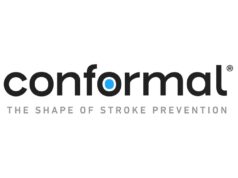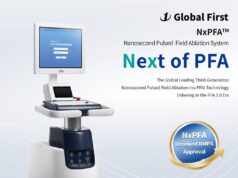Acutus Medical has announced CE mark approval and the European launch of its integrated family of transseptal crossing products, designed to deliver safe and efficient access to the left atrium. Coupled with their previously received FDA clearance, Acutus now has regulatory approval to gain access to key global geographies in the large and growing market for transseptal crossing products.
The AcQCross Transseptal System includes the AcQCross Qx packaged with either the fixed AcQGuide Mini or steerable AcQGuide FLEX introducer sheath. The AcQCross Qx is comprised of an integrated needle and dilator that supports the passthrough of an 0.032” guidewire, allowing the guidewire to always be loaded during left atrial access.
In a press release, Acutus said that the system allows physicians the ability to position, reposition, and cross the atrial septum without removing the guidewire, thereby reducing the number of exchanges required for a variety of electrophysiology and structural heart procedures, including: atrial fibrillation ablations, left atrial appendage closure, and transcatheter mitral valve repair and replacement.
“The AcQCross Transseptal System greatly enhances my procedural efficiency by reducing the number of exchanges,” commented Jose Osorio from Grandview Medical Center in Birmingham, USA. “I particularly appreciate the ability to quickly reposition the catheter tip to allow for optimising the septal crossing location on the fossa, as angle of approach can have an important impact on the speed and quality of ablations and implants.”
“This is a terrific product line and we are seeing really impressive demo-to-conversion rates across the full spectrum of customer segments,” said Vince Burgess, president and CEO of Acutus Medical. “As we mentioned on our last quarterly update, our US transseptal crossing sales have been growing steadily. Despite the continuing COVID headwinds, we remain encouraged by adoption trends in the USA and, with our CE mark now in hand, we look forward to building sales in additional geographies.”








